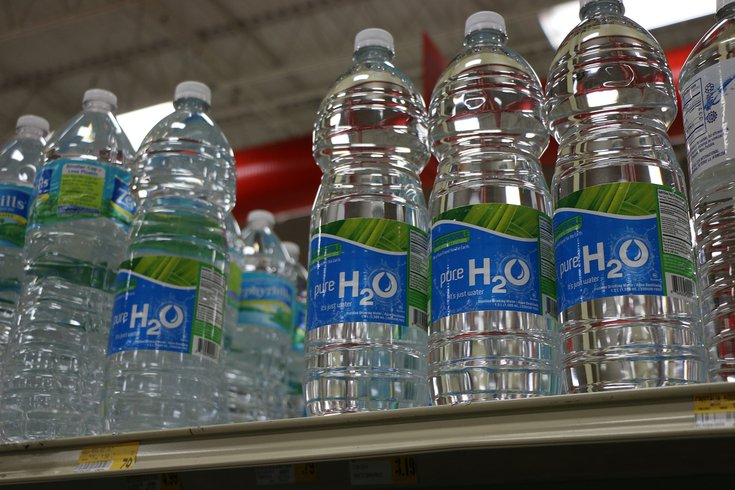
March 29, 2023
 Denys Vitali/Pixabay
Denys Vitali/Pixabay
Philadelphia's drinking water scare – and the rush to buy bottled water – underscored the need to keep an emergency supply kit on hand. The American Red Cross, CDC and FEMA have checklists to help families identify items to stockpile.
Philadelphia averted a drinking water crisis following the chemical spill into the Delaware River, but the days-long scare served as a reminder that disaster can strike at any time and that it's important to be prepared.
In the immediate aftermath, city officials recommended residents consider drinking bottled water for an undetermined amount of time. That advice was later walked back, as water sample tests consistently failed to detect any of the chemicals from the spill at the Trinseo Altuglas facility in Bucks County. The threat to the city's drinking water has since passed.
City officials' initial recommendation prompted a run on bottled water, as residents sought to stock up. That panicked buying led to empty shelves reminiscent of the toilet paper shortage at the beginning of the COVID-19 pandemic.
To avoid such situations, disaster preparedness experts advise people to keep emergency supplies of water, nonperishable foods, medical supplies and more household-specific items, like diapers and baby formula. The Federal Emergency Management Agency, the American Red Cross and the Centers for Disease Control and Prevention each have checklists that people can use to assemble an emergency supply kit.
Here's a look at what one should include:
• Water – The rule of thumb is to have one gallon a day per person for ideally two weeks, but at least for a few days. If purchasing that much bottled water is not possible, people can use portable filtration systems as long as they have access to running water. Iodine purification tablets also can be used to purify water for drinking.
• Food – Stock up on at least three days' worth on nonperishable foods such as dry cereal, canned goods, granola bars, peanut butter, dried fruit and nuts, canned juice and nonperishable pasteurized milk. Keep in mind how many calories each family member needs to eat each day to stay healthy. And, of course, keep a manual can opener.
• Lighting – If the electricity goes out, portable lighting – flashlights, candles or headlamps – is needed to see at night. Keep plenty of batteries and matches on hand, too.
• Clothing – Extra clothes and blankets are needed to protect people from the elements in blizzards and other natural disasters. Depending on where one lives, it is a good idea to have clothes, foot gear and outerwear for all seasons.
• First Aid – Keep a first aid kit stocked with everything from bandages to aspirin to treat minor injuries and illnesses.
• Personal items – Pack a few days' supply of family members' medications and personal hygiene items, including toilet paper, sanitary pads or tampons. If people have diabetes, keep the glucose supply and monitoring equipment necessary to keep their blood sugar levels in check. Also keep copies of all important documents, cash and traveler's checks.
• Pet food and supplies – Families with pets need to make sure they have items to keep their animals healthy.
Disaster preparedness experts also suggest people keep:
• A portable radio to keep up with weather-related and emergency broadcasts
• Bleach to dilute and use as a disinfectant
• Toys and games to keep children occupied
• Two-way radios to communicate when cell phones aren't working
• A whistle to signal for help
• A fire distinguisher
• Work gloves and tools for securing one's home
The CDC recommends keeping additional supplies that help protect people from COVID-19, such as N95 or surgical masks and disinfecting wipes for surfaces, soap and hand sanitizer.
Once an emergency supply kit is assembled, check it at least once a year to ensure nothing has expired and that all devices and tools still work. Replace anything needed at that time to preventing forgetting to do so later.
This long list can be daunting and expensive. It may not seem feasible for people with tight finances, but budget experts at PennyHoarder say it is possible with advanced planning. They advise people to slowly build up their supplies. They suggest taking advantage of coupons and sales, or waiting until extra money arrives to purchase additional supplies. And buying generic items can help people save money.
People also are advised to avoid buying pre-made kits. They tend to cost as much as a couple hundred dollars and there is no guarantee that they will include everything one needs. Plus, many of these supplies likely are already in one's home. Go through the house and make a list of the all the items already owned before shopping. And consider pooling tools with neighbors for emergency situations.